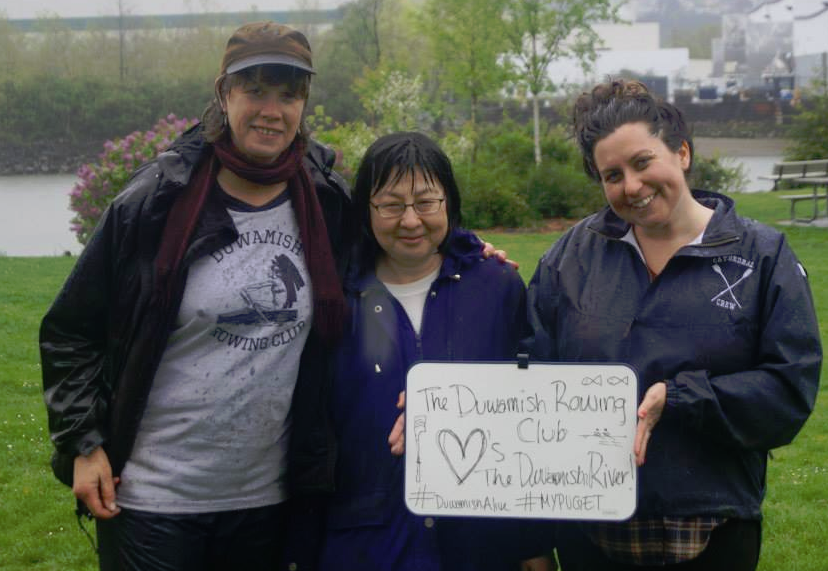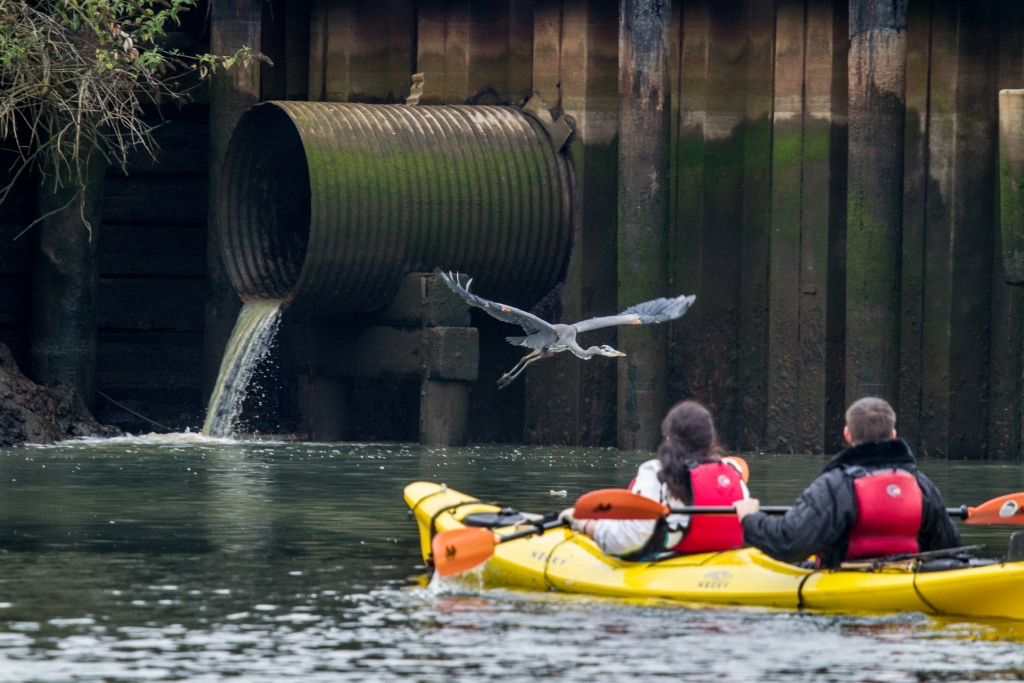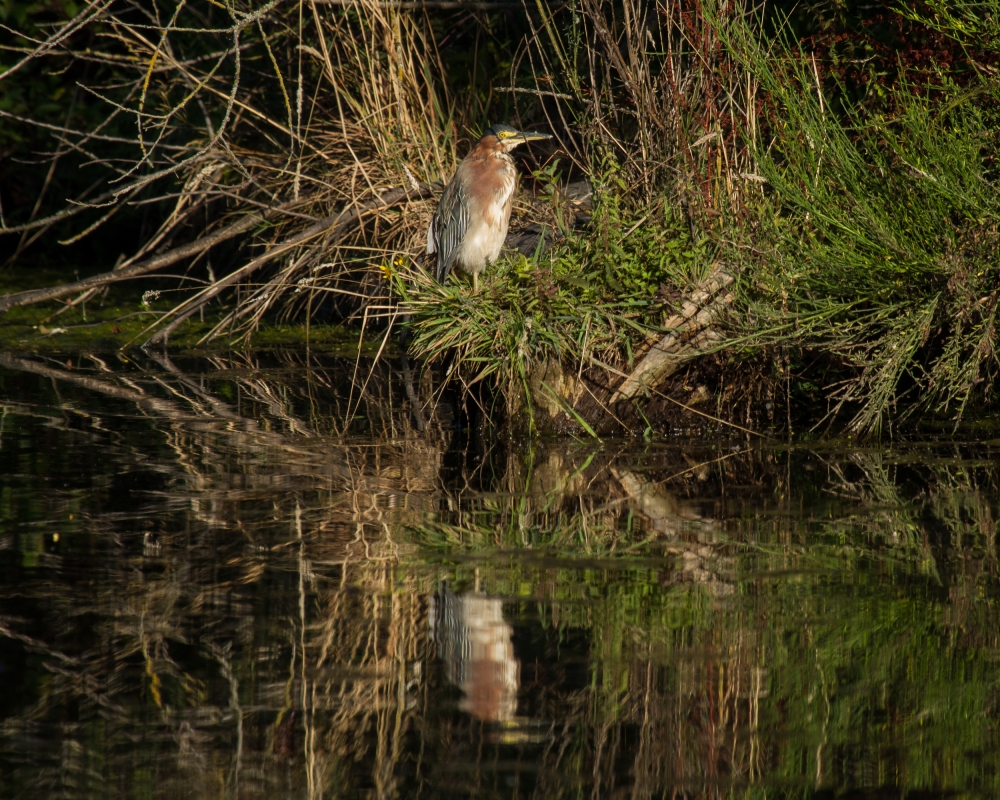The Duwamish Alive Coalition
Duwamish Alive collaborates with community, municipalities, non-profits and businesses within the Duwamish River Watershed to preserve and enhance habitat for people and wildlife, towards improving the health of the Puget Sound.
Our primary goals are to:
- Promote healthy, functioning habitat in the Duwamish River Watershed through increasing and connecting habitat and addressing critical issues affecting the watershed’s health.Involve community members in direct stewardship of the watershed through volunteer work parties, environmental education and neighborhood celebrations
- Maintain and improve the collaboration of organizations, businesses and municipalities working in the Duwamish River Watershed to provide integrated efforts and solutions
- Increase awareness of environmental issues impacting the Green-Duwamish Watershed
The Green-Duwamish watershed is one of the most complex watersheds in the nation, with the Duwamish being highly urbanized ( including heavy industry), greatly impacting the health of the watershed and its residents. The task of ecological rehabilitation of the river and Puget Sound requires cooperation on all levels and it is in this spirit that we collaborate throughout the watershed restoration events each spring and autumn. The events
The Duwamish Alive! events have been engaging our community volunteers at multiple locations within the Duwamish Watershed since the first Earth Day event in 2006. In addition to direct restoration activities, volunteers also have the opportunity to learn about the importance of coastal habitats in general and of the Duwamish estuary specifically.
The events are designed to focus media and community attention on environmental issues in the Duwamish River Watershed and greater Puget Sound while accomplishing on-the-ground progress toward a livable environmental for wildlife and people. Our objective is to generate a communal sense of responsibility for our collective industrial past and the harm it has caused to the natural environment. The restoration sites themselves support recovering populations of migrating juvenile Green River Chinook salmon, rare native salt marshes, migrating birds and other wildlife once common in the vast Duwamish Delta prior to Seattle’s industrial development over the past 150 years. Reconnecting lower-income communities to emerging restoration sites within the river environment is vital to developing citizenship in the efforts to recover the entire Puget Sound ecosystem. In addition, the restoration sites are some of the few places along the Duwamish River where levees and armoring do not impede the water’s ability to rise and fall with tides and river flows, creating resilience to climate induced sea level rise. Since many of the neighborhoods along the Duwamish are flood-prone, this is an added bonus to the Duwamish Alive work.
In 2011, Duwamish Alive received the Washington Alliance of Nonprofits’ Evergreen Award, specifically recognizing outstanding collaboration efforts.
Restoring the health of urban rivers such as the Duwamish is essential to restoring the health of Puget Sound. The Duwamish is our hometown river, flowing through heavily developed and industrialized areas of South Seattle and King County into Elliott Bay. The river’s lower five miles once meandered through a delta and floodplain of thousands of acres, but was turned into a straightened channel in the last century. After years of industrial discharges and overburdened storm-sewer drains, it is now a Federal Superfund Cleanup site. Duwamish restoration is therefore high-profile, draws the most public participation, and is where it is needed most. Habitat restoration and rehabilitation in the Duwamish River watershed provides opportunities for the public to participate in improving the health of Puget Sound.
The events continue to build a sense of community around what was historically considered Seattle’s forgotten urban waterway. The years of social and environmental injustices that allowed toxic contamination and lax clean-up standards have left their mark on the low income communities along the Duwamish. Some of these injustices are being addressed through the Superfund cleanup and other cleanup and monitoring efforts along the river. Others will be addressed through better legislation and access to government. The ownership and promise of a restored Duwamish River is exemplified by this event, and the restoration sites that now dot the shoreline provide recreation, river views and a reconnection to the river’s history. Duwamish Alive and its restoration events and festivities include a multi-generational and multi-ethnic audience that enjoy working side by side towards common goals of healthy communities for fish, wildlife and human health.
Stewardship of restoration sites is vital to ensure that restored areas continue to successfully provide critical ecological services long after sites are created. The sites also provide an ongoing resource to engage and introduce citizens to the process of restoration. Some jurisdictions often consider habitat restoration to be complete after initial native plantings are carried out, yet such sites are often far from meeting criteria as functional habitat. Maintenance of restored sites is particularly important in urban settings, since degraded soil, small lot sizes, high foot traffic, and proximity to invasive plant seed sources present ongoing challenges. Furthermore, urban restoration rarely occurs under ideal conditions, and hence requires additional vigilance. Invasive species can overwhelm a site in a single growing season, and relatively small changes can amount to a complete loss of habitat function on a small site. Regular maintenance and monitoring also allows for identification and control of unanticipated problems as they arise.
The restoration sites themselves support recovering populations of migrating juvenile Green River Chinook salmon, rare native salt marshes, migrating birds and other wildlife once common in the vast Duwamish Delta. Chinook salmon are listed as threatened under the Endangered Species Act. All activities will improve habitat quality for salmonids and may provide additional benefits for bald eagles, which are present and feeding in all of the identified areas. The work conducted also improves the overall ecological function and habitat value of the nearshore environment.
Specifically, this work will benefit the following species:
- Five Pacific salmon species including Chinook, listed as Threatened under the Endangered Species Act (ESA), and coho, a candidate species for listing.
- Bull trout, which are listed as Threatened under the ESA (NOAA-RAE proposal).



